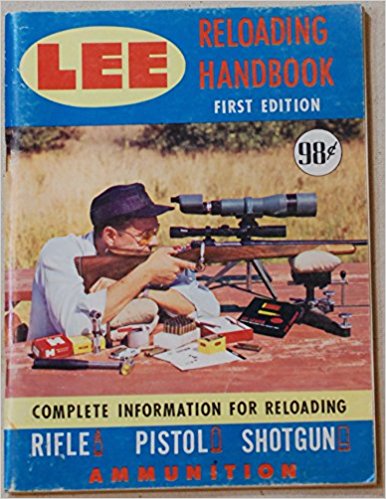sestoppelman
AH ambassador
I often have a certain velocity in mind to achieve a certain energy level, and as long as it is accurate and not on the ragged edge, that's where I want to be. Take my .30-06 load to be used next month on eland and other critters. I had in mind 2600 fps for the 200 gr Nosler Partition, quite doable. I had stellar accuracy with R-19 and 22, but the charts all show 19 to be somewhat faster than 22 so when I had great accuracy with a top charge of 19, (so I thought), I called it good. Then having also had a very similar accuracy result with a top charge of 22, I ran them both over a clock and to my surprise, the 19 load was well below where I expected to see it, and the 22 load right where I wanted to be, 2600 fps. The 19 load is only 2 grains below the 22 load so for all intents and purposes, in THIS application the two powders are 2 peas in a pod, regardless what burn charts or loading manuals state, because 2 more grains of 19 would likely have it right with the 22 load. In this instance I am still treating the 19 as if it were in fact a faster powder than 22 so am going with the 22 load since I have the speed and accuracy but perhaps a tad less pressure.


